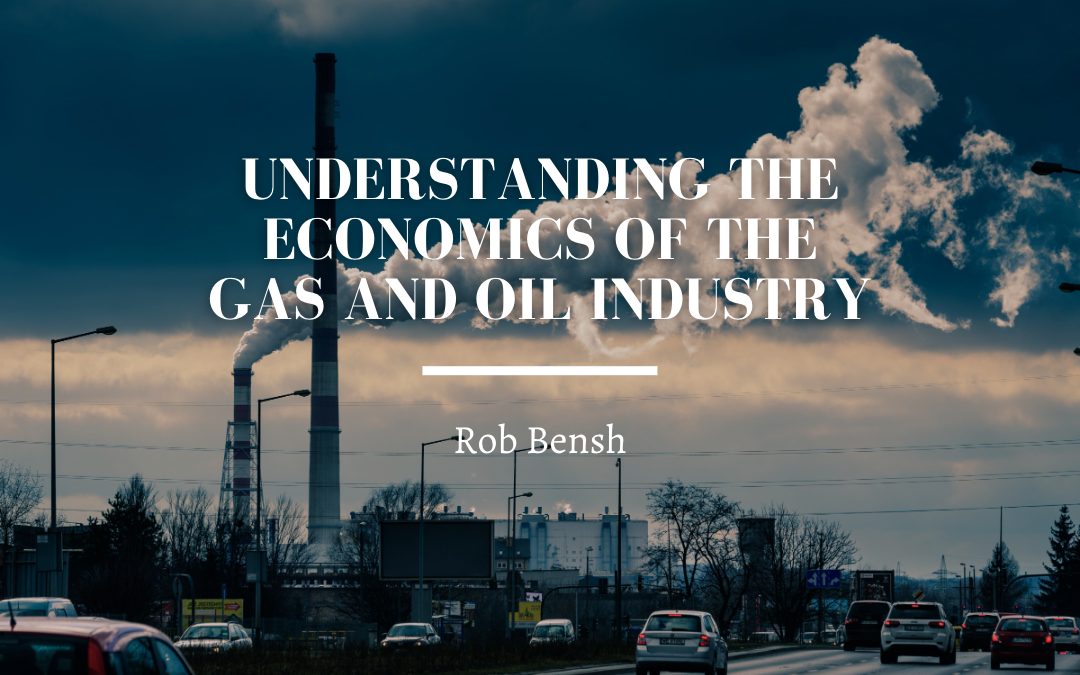The gas and oil industry is a complex and dynamic sector that has a profound impact on global economies. Understanding the economics of this industry is essential for policymakers, investors, and individuals seeking insights into its functioning and influence. In this blog, we will explore key aspects of the gas and oil industry’s economics, including supply and demand dynamics, pricing mechanisms, and economic implications.
Supply and Demand Dynamics:
Supply and demand dynamics are fundamental to the economics of the gas and oil industry. Global demand for energy, particularly in emerging economies, continues to rise, driving the need for gas and oil. Supply is influenced by factors such as exploration and production activities, technological advancements, geopolitical developments, and government policies. Understanding the balance between supply and demand is crucial for assessing market conditions and making informed investment decisions.
Pricing Mechanisms:
Pricing in the gas and oil industry is influenced by various factors, including global market conditions, geopolitical events, supply and demand imbalances, and currency fluctuations. The industry relies on benchmark crude oil prices, such as Brent and West Texas Intermediate (WTI), which serve as reference points for pricing. Additionally, gas and oil prices can vary across different regions due to transportation costs, regulatory frameworks, and local market conditions.
Cost of Production:
The cost of production plays a significant role in the economics of the gas and oil industry. Production costs include exploration, drilling, extraction, transportation, refining, and distribution expenses. Factors such as technological advancements, economies of scale, labor costs, and regulatory compliance influence the cost of production. Understanding production costs is crucial for determining the viability and profitability of gas and oil projects.
Economic Implications:
The gas and oil industry has wide-ranging economic implications at the global, national, and local levels. Nations with significant gas and oil reserves often benefit from export revenues, job creation, infrastructure development, and foreign direct investment. However, economies heavily reliant on gas and oil can be vulnerable to price volatility and market fluctuations. It is essential for these economies to diversify their revenue streams and invest in sectors that promote long-term sustainable growth.
Environmental Considerations:
Environmental considerations are increasingly important in the economics of the gas and oil industry. Transitioning to cleaner energy sources and addressing climate change challenges present both risks and opportunities. Governments and businesses are increasingly investing in renewable energy technologies, energy efficiency measures, and carbon capture and storage initiatives. Balancing environmental sustainability with economic considerations is crucial for the long-term viability of the gas and oil industry.
Understanding the economics of the gas and oil industry provides valuable insights into its functioning and impacts on global economies. Supply and demand dynamics, pricing mechanisms, production costs, and environmental considerations are key aspects that shape the industry’s economic landscape. As the world transitions towards cleaner energy sources, it is vital to navigate the economic implications of this shift and explore opportunities for sustainable growth. By embracing innovation, diversifying energy portfolios, and addressing environmental challenges, we can navigate the evolving economics of the gas and oil industry and work towards a more resilient and sustainable energy future.
